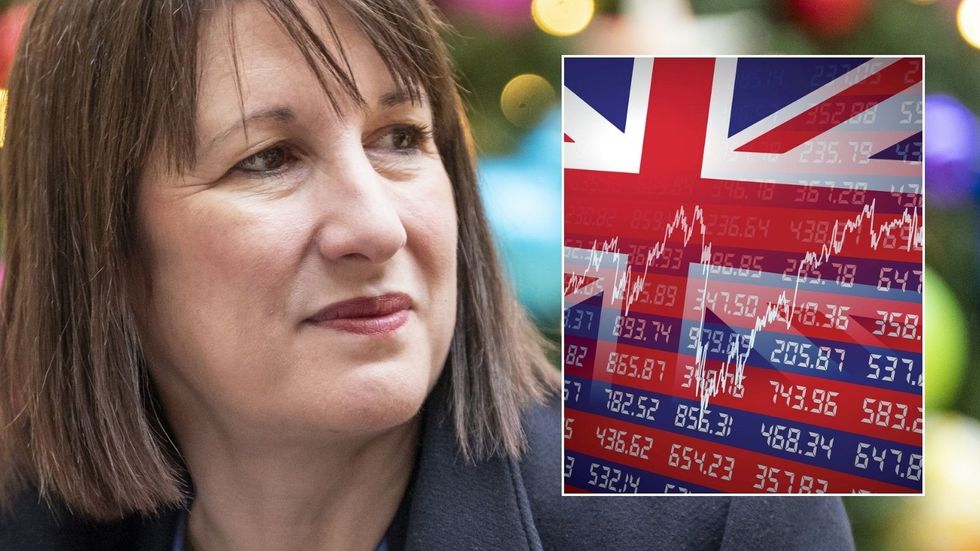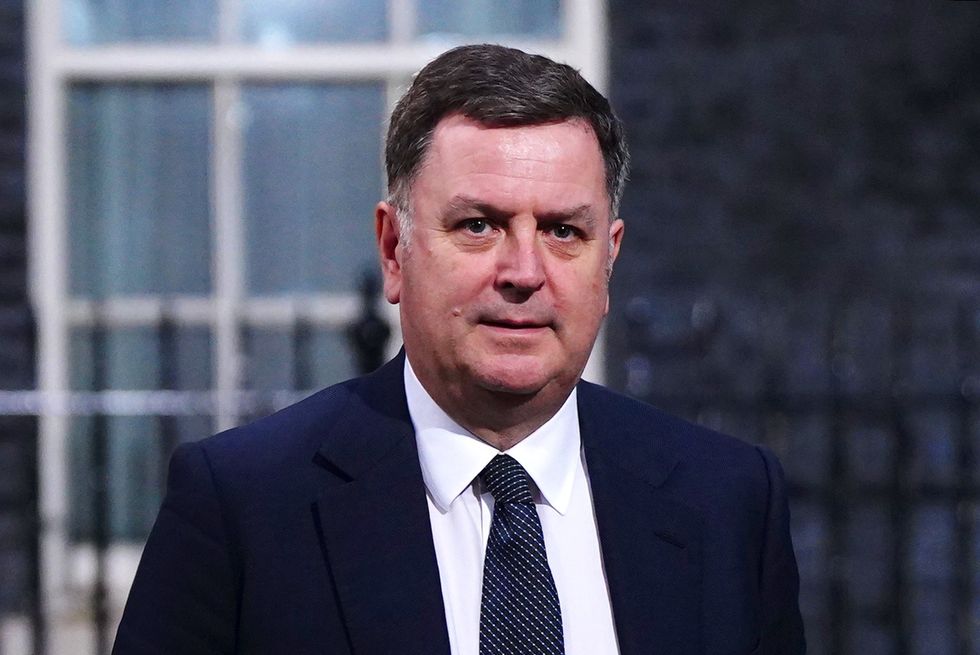Borrowing costs for the UK Government have reached their highest levels since the Great Recession earlier today in another blow to Chancellor Rachel Reeves’s plans for the economy.
The 10-year gilt yield surged by as much as 0.09 percentage points to 4.78 per cent in late-morning trade. This is its highest level since October 2008, based on figures from Bloomberg data.
This comes after yield on 30-year gilts rose to 5.22 per cent yesterday, exceeding last year’s peak and intensifying pressure on the Treasury. As of this morning, the 30-year gilt jumped close to 5.33 per cent.
Reeves is now under additional pressure to meet the strict, yet self-imposed, fiscal rules she placed on Government spending during her Autumn Budget in October last year.
At the same time, sterling dropped 0.9 per cent against the dollar to $1.236 in a blow to British pound. For short-term borrowing costs, 10-year gilts moved inversely to prices.
Do you have a money story you’d like to share? Get in touch by emailing [email protected].

Gilt yields continue to surge in another blow to Rachel Reeves
PA / GETTY
In her last fiscal statement, the Chancellor gave the Labour Government only around £9.9billion in headroom for additional spending. During the Budget, Rachel Reeves confirmed £40bn in tax rises.
This included raising capital gains tax (CGT) to as high as 24 per cent, making pensions liable for inheritance tax (IHT) and raising National Insurance (NI) contributions for employers.
These tax raids are being implemented over the next couple of years to assist the Government in plugging the £22billion “black hole” in the public finances, which the Chancellor claims was left by the previous Conservative Government.
Since October, consecutive increases in Government debt yields have placed the room left for potential extra spending under threat which could impact public services.

Short-term and long-term borrowing costs for the UK Government are surging
GETTY
Based on calculations from Capital Economics, the current trajectory of gilt yields means that the Chancellor currently has around £1.1bn left in fiscal headroom for fiscal spending.
If these increases continue for the next couple of months, analysts are sounding the alarm that Reeves may have to announce corrective action to maintain existing budgetary policy.
The Office for Budget Responsibility (OBR) is set to confirm a new series of fiscal forecasts on March 26, 2025. Notably. these projections will include bond yield movements.
Last year, Rachel Reeves pledged to only make one major fiscal announcement a year, including tax and borrowing plans. As such, the next significant Budget statement will likely not take place until autumn.
Kallum Pickering, the chief economist at Peel Hunt, broke down the difficult decision-making the Chancellor faces if borrowing costs continue to skyrocket throughout 2025.
He explained: “If bond yields rise further, Reeves may be forced to make the economically damaging decision of further increasing taxes or cutting back on planned public spending to balance the books.”
LATEST DEVELOPMENTS:

Shadow chancellor Mel Stride has hit back at the Government’s record on the economy
PA
Earlier this week the UK’s Debt Management Office (DMO) sold £2.25bn on 30-year notes, with a yield of 5.19 per cent. Furthermore, the DMO was predicted to sell an additional £4.25bn of note.
Meanwhile, the Bank of England is also reducing its balance sheet through the sale of some securities as part of its quantitative tightening process. This is set to take place later this week.
Reacting to the recent developments, Conservative Shadow chancellor Mel Stride noted the hike in gilt yields was “yet more evidence Labour have driven our economy into a ditch”.
On X, he posted: “They talked it down. They taxed the life out of it. They’ve racked up borrowing. They killed growth. Now we are all paying the price with higher inflation, fewer jobs and lower wages.”